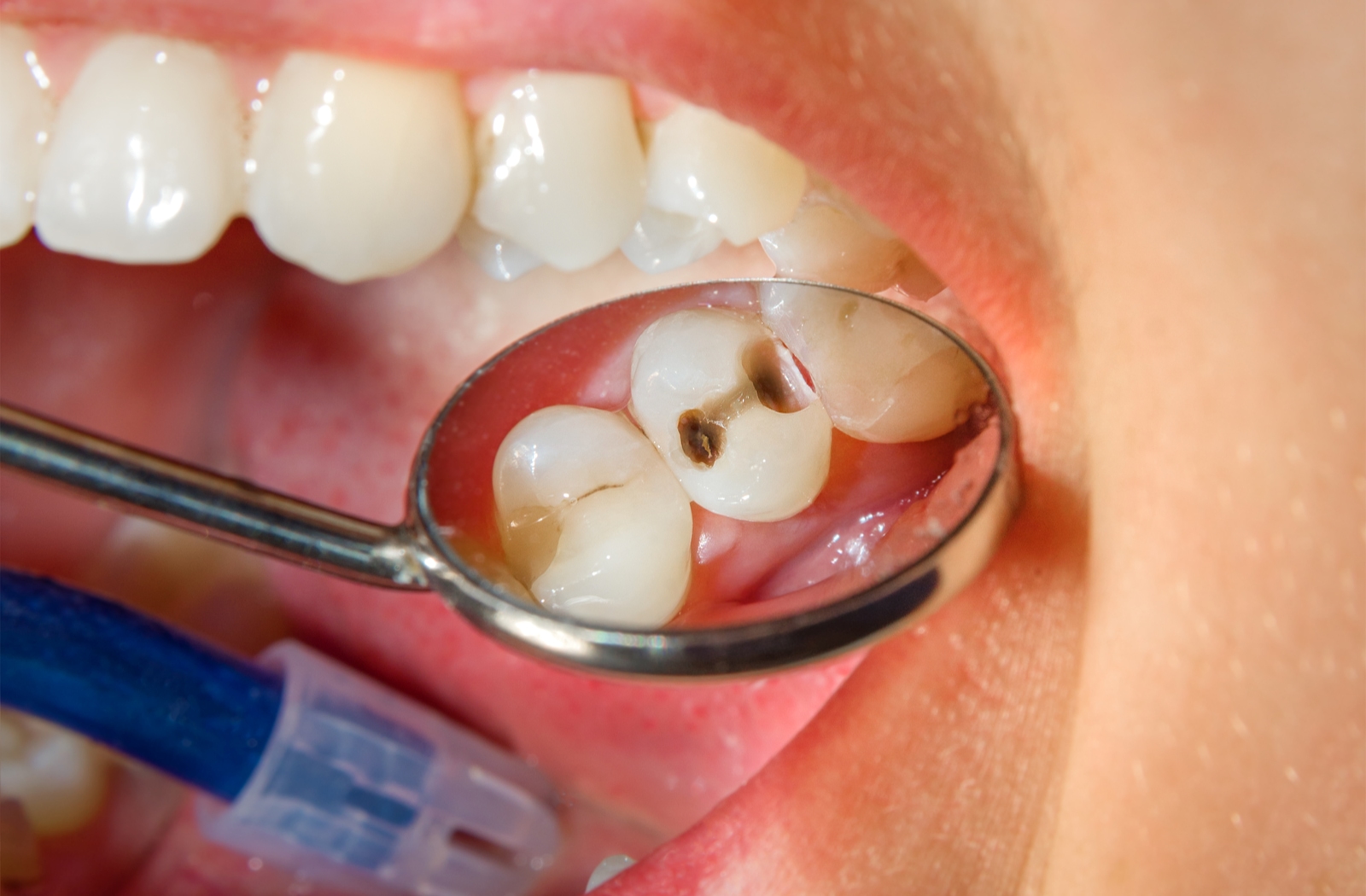Cavities. Just the word is enough to make most people cringe. Whether you’re here because your tooth is hurting or you’re just trying to avoid a future dental disaster, you’re in the right place. In this guide, we’re going to talk about how to remove cavity from teeth without any fluff—just real advice you can trust, the way a dentist would explain it to their own friend.
What Is a Cavity, Really?
What is cavity? Let’s start simple. A cavity is damage to a tooth’s surface. It begins when sticky bacteria (the kind that love sugar) hang out on your teeth too long and start producing acid. That acid slowly breaks down your enamel—the hard protective shell of your teeth. At first, it may feel like nothing. But over time, that tiny soft spot can turn into a bigger problem.
You might hear dentists call it tooth decay, but “cavity” is the everyday term. And while the early stages might go unnoticed, once it deepens, it can lead to pain, infection, and more dental visits than you ever wanted.
What Causes Cavities in the First Place?
Cavities are pretty common, and they don’t just pop up randomly. Here’s how they usually happen:
- Sugary foods and drinks: Bacteria love sugar. The more you feed them, the more acid they produce.
- Poor brushing habits: Skipping brushing or rushing through it leaves food particles behind.
- Lack of flossing: Brushing can’t reach between your teeth, but floss can.
- Dry mouth: Saliva helps clean your teeth. Less saliva = more risk.
- Not visiting the dentist: Small cavities get worse if ignored.
- You don’t need to be perfect—you just need to be consistent.
Signs You May Have a Cavity
Sometimes, a cavity is loud and obvious. Other times, it’s sneaky. Watch out for:
- A dull or sharp toothache that doesn’t go away
- Pain when biting, chewing, or drinking cold or hot stuff
- Sensitivity to sweets (yes, even your favorite candy!)
- Visible holes or dark spots
- Bad breath or a bad taste that sticks around
If you’re experiencing any of these signs, then there is a clear indication that you might be dealing with tooth decay. Therefore, instead of avoiding it again and again, why not look into how to remove cavity from teeth before it gets worse?
Can Cavities Heal on Their Own?
This is a question dentists get all the time: Can a cavity go away without treatment? And people desperately want to have the answer in YES.
But unfortunately, the short answer is NO. It is because your body is great at healing cuts and bruises, but it can’t regrow enamel. That’s why it’s so important to catch cavities early. Some very early stages (known as demineralization) might be reversed with fluoride and improved hygiene, but once there’s a hole, you need a dentist to fix it.
How to Remove Cavity from Teeth (The Right Way)
Let’s break down for you the most common dental treatments that actually work. These aren’t just “quick fixes” because they don’t work here. They’re how dentists safely remove decay and save your tooth.
1. Tooth Fillings
The most common solution for cavities is the simplest one. First of all, your dentist will numb the area and clean out the decayed portion. Then they fill the hole with a material like composite resin, silver amalgam, or porcelain. This procedure takes about 30 to 60 minutes.
2. Dental Crowns
A filling won’t be strong enough if the cavity is large and too much tooth is damaged. In that case, your dentist might place a crown. It’s like a protective cap that goes over your tooth after the decay is removed.
3. Root Canal Treatment
If the decay has reached the inner pulp (the part that holds nerves and blood vessels), a root canal might be needed. It sounds intense, but it’s actually a pain-relieving procedure. The dentist removes the infected pulp, cleans the inside of the tooth, and seals it up. A crown is usually added after.
4. Tooth Extraction
This is the last resort. If the tooth is too far gone to be saved, your dentist may need to pull it. But don’t worry, you will not remain toothless. You will be able to chew and smile confidently again. Because there are options to replace it, like implants or bridges. How to stop bleeding after tooth extraction.
If you do not take action to remove cavity, it may turn in to black stains on your teeth. How to remove Black Stains from Teeth
Home Remedies: What You Can and Can’t Do
Honestly speaking, you cannot remove a cavity at home. Once the tooth is damaged, it needs professional help. That said, here’s what you can do at home to slow down the decay and support your oral health:
- Use a fluoride toothpaste
- Brush twice daily (especially before bed)
- Floss every day
- Cut back on sugar
- Chew sugar-free gum with xylitol
- Drink more water, especially after meals
These steps can’t remove cavities, but they can prevent them from getting worse until your next dental appointment.
How to Prevent Cavities From Coming Back
Prevention beats cure every time. Once you learn how to remove cavity from teeth, the next step is making sure you don’t get another one.
Here’s how to stay on top of your dental health:
- Brush with fluoride toothpaste (every morning and night)
- Floss at least once a day
- Replace your toothbrush every 3–4 months
- Eat less sugar—especially sticky, chewy treats
- Drink more water instead of soda or juice
- Visit your dentist every 6 months for checkups
Also, don’t skip dental X-rays. They help spot cavities hiding between teeth or under old fillings. Can you eat after tooth filling?
Conclusion
If you’re searching for how to remove cavity from teeth, you’re already doing the right thing by taking it seriously. Cavities aren’t fun, but they’re fixable—and the sooner you act, the better. Whether it’s a small filling or a crown, your dentist has the tools to help you get your smile back to normal.
So don’t wait until the pain gets worse. Make that dental appointment and get your teeth the care they deserve. Your future self (and your smile) will thank you.
Frequently Asked Questions
How to remove cavity from teeth without going to the dentist?
Unfortunately, you can’t. Only a dentist can clean out the decayed part and fill or restore your tooth.
Does cavity treatment hurt?
Nope—not with today’s numbing techniques. You might feel a pinch from the injection, but the rest is smooth sailing.
Can I reverse a cavity naturally?
You can only reverse the very early stage before a cavity forms. That means boosting your brushing, using fluoride, and watching your diet. Once there’s a hole, though, it needs to be filled.
What happens if I don’t treat a cavity?
It will get worse. Cavities never go away on their own. They’ll grow deeper, reach the nerve, and may cause infection or even tooth loss.





